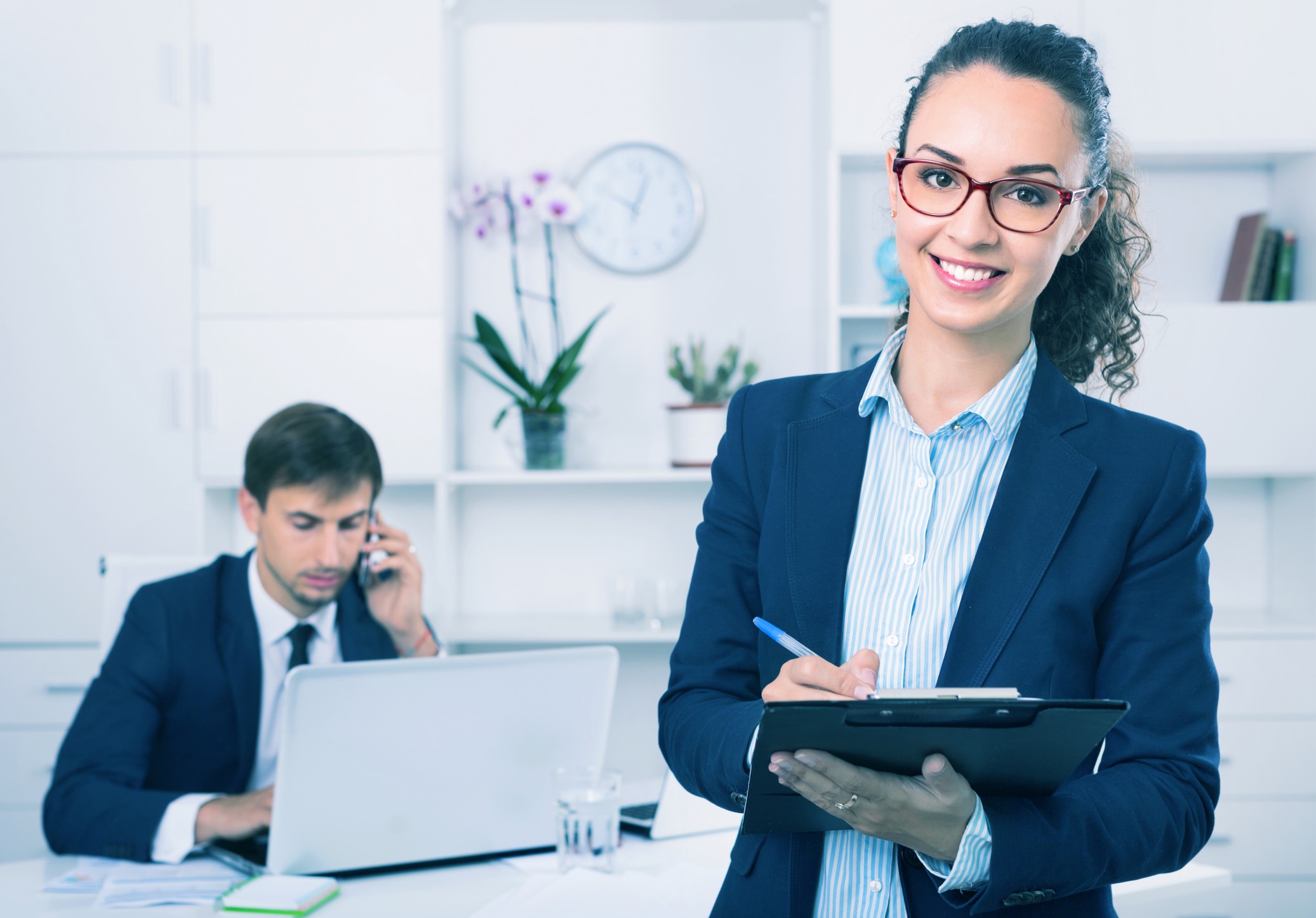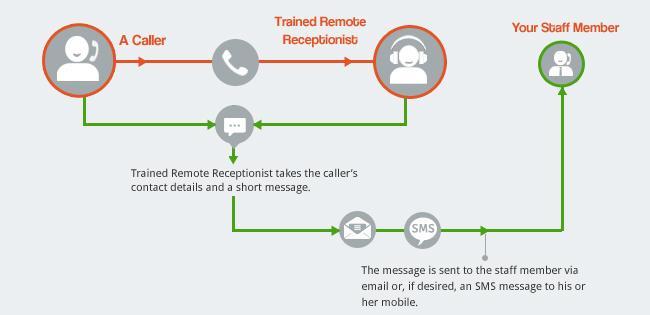All Categories
Featured
Table of Contents
- – What Is The Best Live Answering Services - Aust...
- – Who Has The Best Professional Call Answering S...
- – What's The Best Live Answering Services - Aust...
- – What Is The Best What Is The Difference Betwe...
- – Is It Worth Paying For Telephone Answering Se...
- – When Are The Best 17 Reasons Why You Need A ...
What Is The Best Live Answering Services - Australia Out Right Now
This gadget and its successors were developed by Sava Jacobson, an electrical engineer with a personal consulting company. While early answering devices utilized magnetic tape technology, the majority of modern-day devices uses strong state memory storage; some devices use a combination of both, with a solid-state circuit for the outgoing message and a cassette for the incoming messages.
"toll conserving" listed below) (phone answering). This is beneficial if the owner is screening calls and does not want to speak to all callers. In any case after going, the calling party must be informed about the call having actually been responded to (for the most part this begins the charging), either by some remark of the operator, or by some welcoming message of the TAD, or dealt with to non-human callers (e.
This holds especially for the TADs with digitally stored greeting messages or for earlier devices (prior to the increase of microcassettes) with a special limitless loop tape, separate from a second cassette, dedicated to recording. There have actually been answer-only gadgets with no recording abilities, where the greeting message needed to inform callers of a state of present unattainability, or e (virtual call answering service).
Who Has The Best Professional Call Answering Services: Everything You ...?

about availability hours. In tape-recording Littles the greeting normally contains an invitation to leave a message "after the beep". A voice mail that uses a microcassette to tape messages On a dual-cassette answerphone, there is an outgoing cassette, which after the specified number of rings plays a pre-recorded message to the caller.

Single-cassette voice mail include the outbound message at the beginning of the tape and incoming messages on the remaining space. They first play the announcement, then fast-forward to the next readily available area for recording, then record the caller's message. If there are lots of previous messages, fast-forwarding through them can cause a significant hold-up.
This beep is typically described in the welcoming message, asking for that the caller leave a message "after the beep". Littles with digital storage for the tape-recorded messages do disappoint this hold-up, naturally. A TAD might provide a push-button control center, whereby the answerphone owner can call the home number and, by going into a code on the remote telephone's keypad, can listen to recorded messages, or erase them, even when away from house.
What's The Best Live Answering Services - Australia Brand

Consequently the device increases the variety of rings after which it addresses the call (generally by 2, resulting in four rings), if no unread messages are currently kept, however answers after the set number of rings (typically 2) if there are unread messages. This enables the owner to discover out whether there are messages waiting; if there are none, the owner can hang up the phone on the, e.
Some devices likewise permit themselves to be from another location activated, if they have actually been turned off, by calling and letting the phone ring a specific big number of times (normally 10-15). Some provider desert calls currently after a smaller sized number of rings, making remote activation impossible. In the early days of Little bits a special transmitter for DTMF tones (dual-tone multi-frequency signalling) was regionally needed for remote control, since the previously employed pulse dialling is not apt to convey appropriate signalling along an active connection, and the dual-tone multi-frequency signalling was implemented stepwise.
Any inbound call is not identifiable with regard to these homes in advance of going "off hook" by the terminal devices. So after going off hook the calls need to be switched to appropriate gadgets and just the voice-type is instantly accessible to a human, however possibly, nonetheless must be routed to a LITTLE BIT (e.
What Is The Best What Is The Difference Between An Answering Service And ... On The Market
What if I told you that you do not need to really pick up your gadget when answering a customer call? Another person will. So practical, best? Responding to telephone call doesn't need someone to be on the other end of the line. Efficient automated phone systems can do the trick just as efficiently as a live representative and often even better.
An automated answering service or interactive voice reaction system is a phone system that interacts with callers without a live person on the line - virtual answering service. When business use this innovation, clients can get the response to a concern about your company just by using interactions set up on a pre-programmed call circulation.
Although live operators update the customer service experience, numerous calls do not need human interaction. An easy recorded message or instructions on how a client can recover a piece of details usually solves a caller's immediate requirement - virtual telephone answering. Automated answering services are an easy and effective method to direct inbound calls to the best person.
Is It Worth Paying For Telephone Answering Service Melbourne Cbd Australia?
Notice that when you call a company, either for support or product questions, the very first thing you will hear is a pre-recorded voice greeting and a series of alternatives like press 1 for customer support, press 2 for queries, and so on. The pre-recorded choices branch off to other choices depending upon the client's choice.
The phone tree system helps direct callers to the ideal person or department using the keypad on a smart phone. In some instances, callers can utilize their voices. It deserves noting that auto-attendant options aren't limited to the ten numbers on a phone's keypad. Once the caller has picked their very first alternative, you can create a multi-level auto-attendant that uses sub-menus to direct the caller to the right type of help.
The caller does not need to interact with a person if the auto-attendant phone system can manage their concern. The automated service can path callers to an employee if they reach a "dead end" and need help from a live representative. It is expensive to work with an operator or executive assistant.
When Are The Best 17 Reasons Why You Need A Telephone Answering Service Deals
Automated answering services, on the other hand, are significantly cheaper and provide substantial expense savings at approximately $200-$420/month. Even if you do not have actually committed personnel to manage call routing and management, an automated answering service enhances productivity by permitting your team to focus on their strengths so they can more efficiently spend their time on the phone.
A sales lead routed to consumer service is a lost shot. If a customer who has product concerns reaches the wrong department or gets incomplete answers from well-meaning staff members who are less trained to manage a particular type of concern, it can be a reason for frustration and frustration. An automated answering system can decrease the number of misrouted calls, thereby assisting your employees make better usage of their phone time while maximizing time in their calendar for other jobs.
With Automated Answering Systems, you can create a personalized experience for both your staff and your callers. Make a recording of your main welcoming, and merely update it frequently to reflect what is going on in your organization. You can produce as many departments or menu alternatives as you desire.
Table of Contents
- – What Is The Best Live Answering Services - Aust...
- – Who Has The Best Professional Call Answering S...
- – What's The Best Live Answering Services - Aust...
- – What Is The Best What Is The Difference Betwe...
- – Is It Worth Paying For Telephone Answering Se...
- – When Are The Best 17 Reasons Why You Need A ...
Latest Posts
Receptionist Service – QLD
Effective 24/7 Answering Service Near Me
Proven Custom Phone Answering – Melbourne
More
Latest Posts
Receptionist Service – QLD
Effective 24/7 Answering Service Near Me
Proven Custom Phone Answering – Melbourne